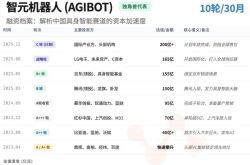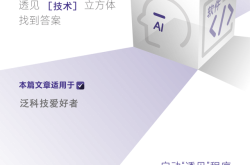World Robot Conference Highlights: Robust Financing, Transition to Practical Applications, and Rational Investor Focus on Orders
![]() 08/11 2025
08/11 2025
![]() 567
567
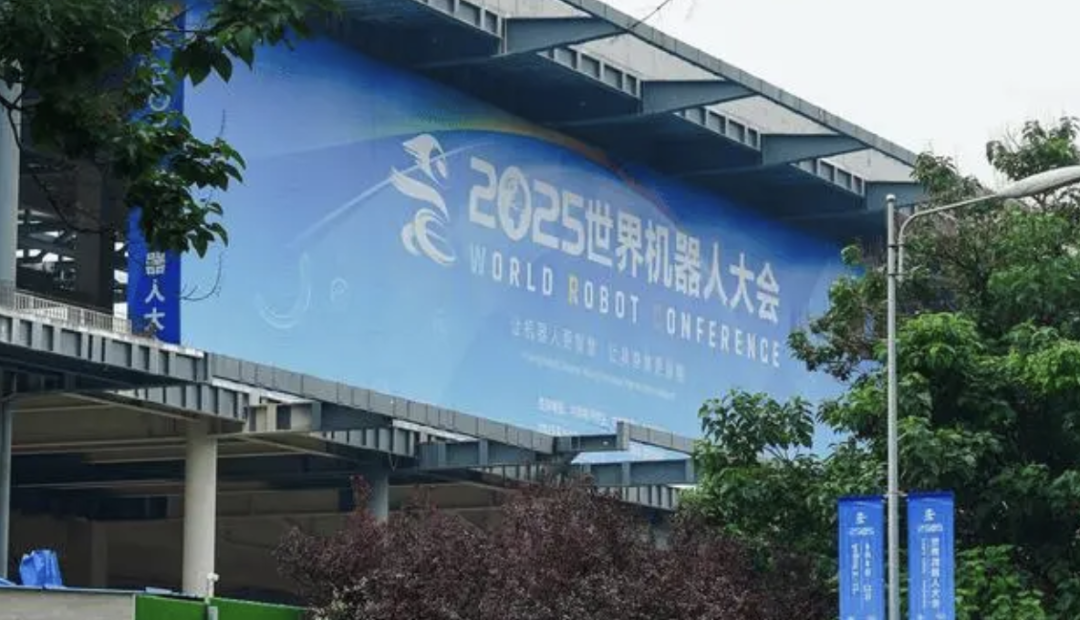
Produced by | Dali Finance
From August 8 to 12, 2025, the 2025 World Robot Conference was held at the Beijing E-town International Convention and Exhibition Center in Beijing Economic-Technological Development Area. Themed "Empowering Robots with Wisdom, Enhancing Embodied Intelligence," the event garnered over 1.3 million registrations, marking unprecedented interest.
Over 200 domestic and international robot enterprises convened, with more than 50 humanoid robot manufacturers standing out. A myriad of exhibits competed for attention, with over a hundred new products making their debut.
In Hall A, the "Tiangong" robot from the Beijing Humanoid Robot Innovation Center, a former marathon champion, transitioned to sorting work, boasting impressive dual-arm load capacity. The high-voltage power inspection robot Tianyi 2.0 from State Grid can be remotely controlled to ensure power safety.
Hall B featured Zhongqing's combat robot ENGINEAI T800, exuding dominance. Leju's versatile humanoid robot KUAVO-MY (Kuafu) was agile and suited for exhibition hall guidance and industrial manufacturing. Additionally, LimX Oli robots from Zhuji Power danced on-site, showcasing a variety of companion and service robots that captivated the audience.
Hall C focused on special robots, agricultural robots, and key robot components. CITIC Heavy Industries' fire-fighting and reconnaissance robot RXR-MC120BGD exuded a strong mechanical and secure presence.
Key players are accelerating their layouts, leveraging capital, platforms, and technology to drive robot commercialization. These changes outline the next phase of competition and development pathways for the embodied intelligence industry.
Dali Finance believes that the robot industry is in a golden period of rapid development, with technological innovation and application expansion continuously driving industrial upgrading. However, breakthroughs in key technologies such as embodied intelligence still require time and investment. The industry must ponder how to achieve a better balance between technological innovation and market application in the future.
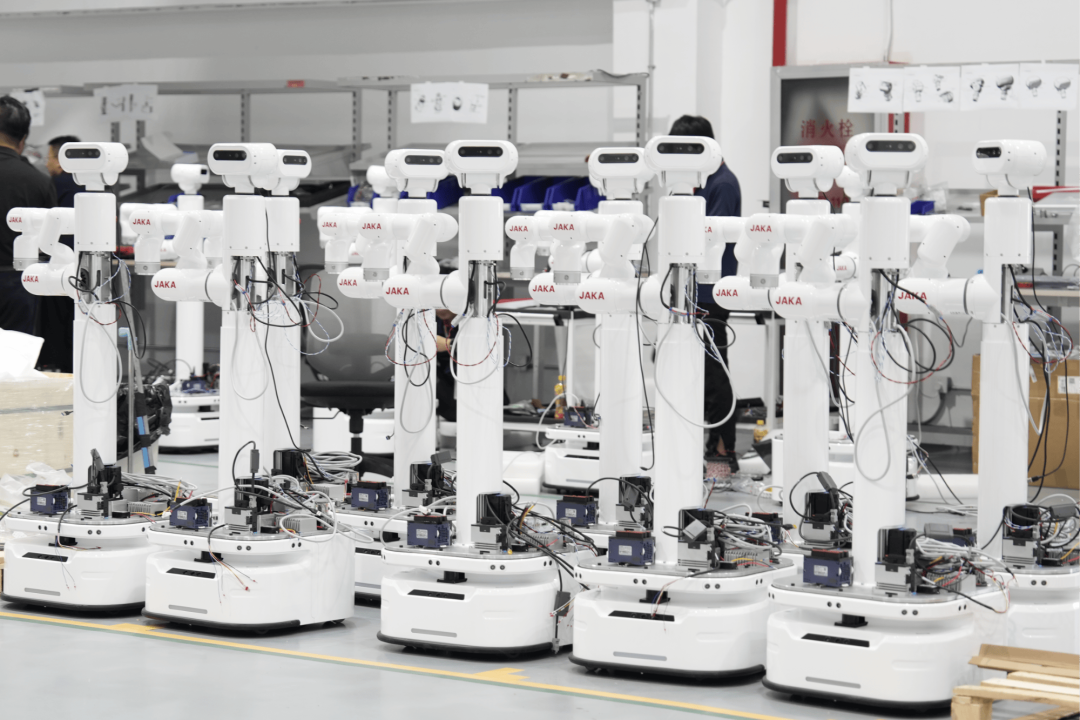
From live performances of drumming, cooking, and logistics sorting by multifunctional robots to companies announcing product prices and securing orders, this marked not only significant advancements in robot technology but also a crucial node in robot commercialization, indicating substantial industrial changes.
At the conference, robot performance significantly improved. For instance, the "Bumblebee" robot demonstrated an 8-hour working capacity, with its dual arms capable of collaboratively lifting 30 kilograms, aligning with the human "8-hour workday." Shenzhen UBTECH's hot-swappable autonomous battery replacement system for humanoid robots was even more impressive, enabling autonomous battery replacement in just 3 minutes, providing robots with "7x24-hour" uninterrupted working capability.
Observing this conference reveals that the robot industry is shifting from "flashy demos" to "practical applications." Those who can integrate technology into real-world scenarios will emerge victorious.
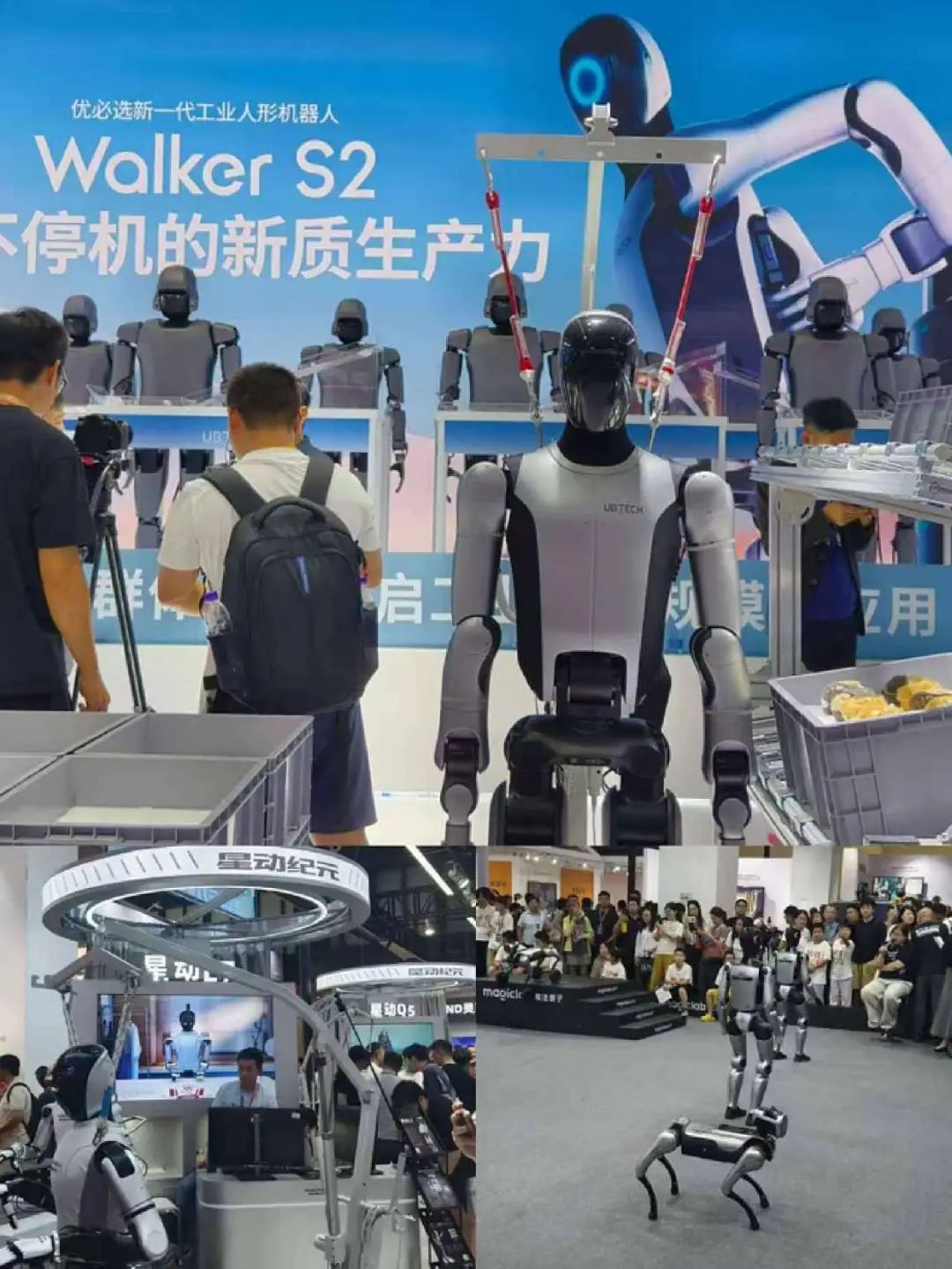
Meanwhile, the functional boundaries of robots continue to expand. Zhuji Power showcased a "teleoperation system" based on a humanoid robot platform, capable of synchronizing operator movements to remote devices thousands of miles away, suitable for hazardous environments. Yuejiang Technology released the second-generation embodied intelligence humanoid robot DOBOT Atom, integrating multiple functions such as "robotic arm + humanoid + multi-legged," applicable in various scenarios including industrial, commercial, and household settings.
Robot application scenarios are becoming increasingly diverse, spanning from industrial to service and even household use. In the industrial sector, UBTECH's Walker S industrial version has been deployed in over a hundred factories, including BYD, BAIC, and FAW-Audi, focusing on handling, quality inspection, and sorting. In service scenarios, Xingchen intelligent robots have been implemented in nursing homes and retail supermarkets in Shenzhen, showcasing services such as brewing hand-ground coffee and mixing salads. Regarding household scenarios, although comprehensive entry of humanoid robots into homes still faces many challenges, some simple service functions have emerged, such as Yuejiang robots' robotic arms delivering water to the elderly.
Several humanoid robot companies announced prices at the conference, ranging from tens of thousands to nearly a million yuan, shedding the label of "high price but no market." Simultaneously, sales models are innovating, with the world's first embodied intelligence robot 4S store opening. Some enterprises not only exhibited but also directly sold products on-site. For example, Lin Degang, Chairman of Shenzhen Daxiang Antai Technology Co., Ltd., stated that three customers had placed orders on the first day of the exhibition, expecting to sell about 20 units during the exhibition and hundreds throughout the year.
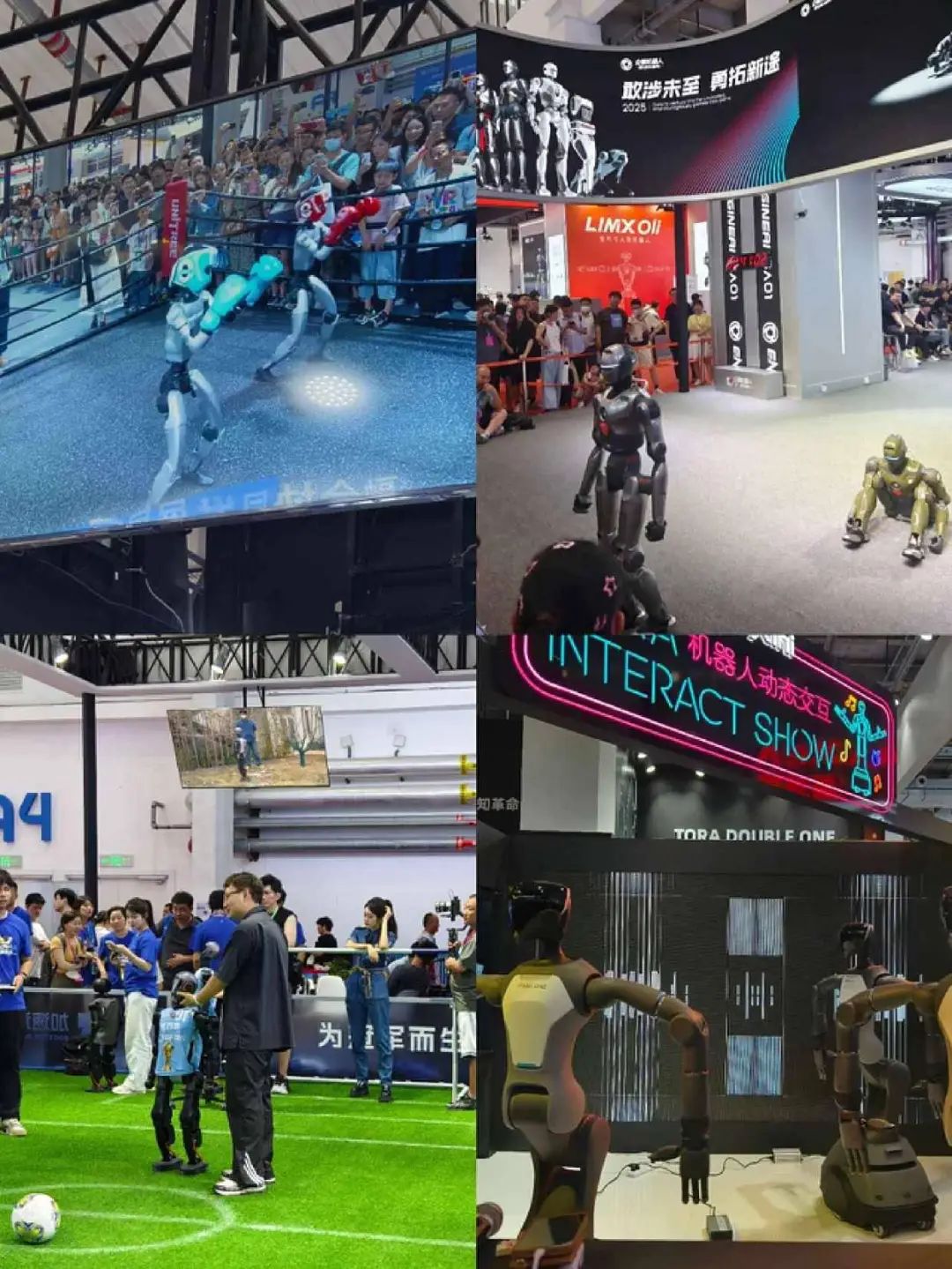
As the "Exclusive Global Strategic Partner" of this conference, JD.com joined forces with multiple enterprises to unveil the "Intelligent Robot Industry Acceleration Plan," committing over ten billion yuan in resources over the next three years to support brand development and drive intelligent robots into millions of terminal scenarios. Through the JoyInside platform, JD.com has accessed dozens of brands, with educational and companion products standing out in sales. JD.com is investing in the entire embodied intelligence industry chain, promoting coordinated development of industrial investment and technological research and development.
More and more embodied intelligence enterprises are transitioning from single products to multi-category combinations, such as "humanoid robot + robotic dog" or "humanoid robot + dexterous hand + industry solutions." This layout offers significant advantages, covering more scenarios and reducing costs. Before large-scale deployment of humanoid robots, these enterprises can maintain revenue by entering mature markets such as security, inspection, and manufacturing with products like robotic dogs and robotic arms.
For investment institutions, such enterprises possess greater potential as ecological platforms, offering broader imagination. At the conference, UBTECH demonstrated swarm intelligence technology for humanoid robots, with multiple robots collaboratively completing the entire process from material entry to intelligent sorting.
From a hardware perspective, robot performance continues to improve in terms of precision, load capacity, and movement speed. For instance, KUKA's heavy-load handling workstation and Siasun's industrial robot SR270A-270/2.70 demonstrate robust hardware capabilities.
Although Meituan did not appear at this exhibition, it has actively deployed in the embodied intelligence sector since 2023, with its fund making a total of eight investments in multiple star enterprises. Through collaborative business scenario creation and platform resource integration, Meituan promotes the alignment of invested enterprises' technologies with application scenarios, accelerating commercialization. An example is the 24-hour pharmacy project in collaboration with Galaxy General.
UBTECH showcased swarm intelligence technology for humanoid robots for the first time at this conference. Through the Swarm Brain Network 2.0, multiple Walker S1 robots collaboratively completed the entire process from material entry to intelligent sorting, demonstrating the collaborative operation capabilities of multi-category robots.
Magic Atom presented its full range of robots and embodied intelligence solutions. Products such as MagicBot Z1, MagicDog-W, and consumer-grade MagicDog demonstrated high-dynamic movements, obstacle climbing, and autonomous delivery, covering various implementation scenarios. Xingdong Jiyuan brought multiple products, including humanoid robots L7 and Q5, as well as dexterous hands XHAND1 and XHAND lite, showcasing its capabilities in software and hardware integrated research and development and multi-robot collaboration.
Financing in the embodied intelligence sector remains robust this year, with companies like Songyan Power and Qianxun Intelligence securing new rounds of funding. However, investors' evaluation criteria have shifted. Before March, they focused more on technical parameters, but since March and April, they have prioritized actual shipment volumes and the ability to enter application scenarios.
Dali Finance believes that the 2025 World Robot Conference comprehensively showcased new trends in the embodied intelligence industry. While pursuing technological innovation, enterprises are placing greater emphasis on practical implementation and commercialization capabilities of their products. Multi-category layouts and the development of dexterous hands bring new opportunities to the industry. The shift in financing trends and support from major players will further drive industry integration and development.
This year, financing in the embodied intelligence sector is still progressing rapidly, but investors' evaluation criteria have shifted. Before March, they were more concerned with hard indicators such as technical parameters. However, since March and April, they have placed greater importance on actual shipment volumes and the ability to enter application scenarios. Ma Lin, managing partner of Infinite Fund SEE Fund, advised entrepreneurs to avoid blindly entering sectors dominated by giants and instead seek new application scenarios or technical directions, expanding horizontally to establish competitive advantages.
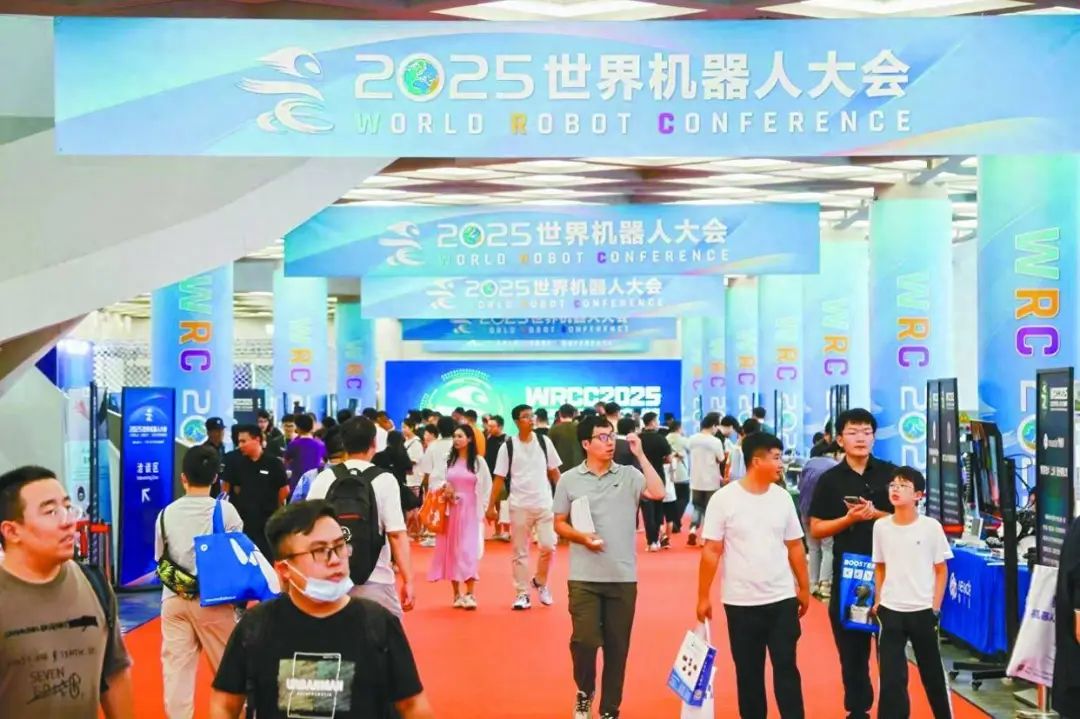
Since the beginning of this year, the robot industry has seen significant order growth. UBTECH won a nearly 100 million yuan procurement project for robot equipment from an automaker. Zhiyuan Robotics and Unitree Robotics won operator OEM service procurement projects. Leju Robotics, which collaborated with automakers for training last year, has started mass production and delivery this year, experiencing a surge in orders.
In addition to industrial scenario orders, there has been a notable increase in "scattered orders" for service scenarios, with Unitree Robotics' clients establishing new ecosystems including the leasing market.
Despite the rapid development of the robot industry, it still faces many technical bottlenecks. In terms of hardware, reliability, materials, and motors need improvement. On the software front, embodied intelligence AI models have yet to achieve phased breakthroughs, limiting the functions of robots' "hands" and "brains." Meanwhile, data training also poses challenges, with both real and virtual data training facing issues such as high costs, significant computational power consumption, and difficulties in data reuse.
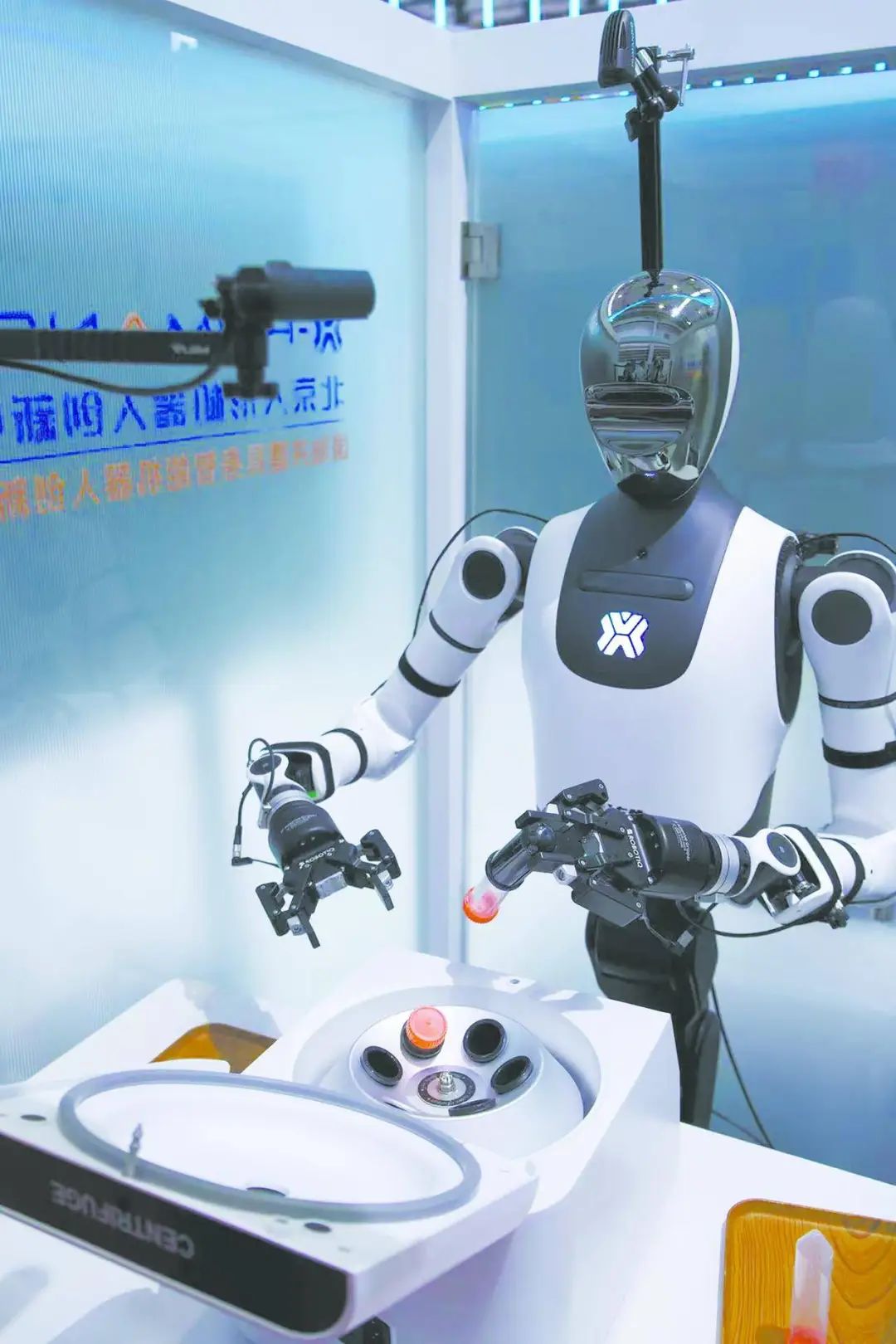
Achieving mass production is crucial for the development of the robot industry. However, current constraints among cost reduction, precision, lifespan, and reliability make it difficult for products to stably adapt to industrial or service scenarios. Consumers can accept, and the industrial chain can support, prices below 100,000 yuan. However, most enterprises currently cannot meet this threshold, necessitating collaborative cost optimization across the entire industrial chain. Additionally, although some enterprises have announced mass production plans, they are mostly limited to hundreds to a thousand units due to capacity constraints, still far from large-scale mass production.
Dali Finance believes that the 2025 World Robot Conference showcased the booming development of the robot industry, with technological innovation driving the expansion of application scenarios and significant progress in commercialization. However, the industry still faces challenges in technology and cost. To achieve greater breakthroughs in the future, the robot industry must focus on technological innovation, especially breaking through the bottleneck of embodied intelligence AI models, while strengthening cooperation across the industrial chain to jointly reduce costs and improve mass production capabilities.
Among the many enterprises actively deploying in the robot industry, who will take the lead in breaking through the dual dilemmas of technology and cost to become the industry leader? This not only concerns the fate of enterprises themselves but will also profoundly impact the future development pattern of the robot industry, warranting continuous attention.
Previous Recommendations

